Fujitsu Philippines through its end-to-end Mobility and Wireless Networks solutions as well as its client computing devices, solutions, and mobility services, helps enterprises utilize Wi-Fi 6 technology.

Wi-Fi 6, also known as 802.11ax, is the next generation of Wi-Fi standards. Wi-Fi Alliance, the group that stewards the implementation of Wi-Fi, proposed the Wi-Fi 6 as the new standard since it builds on the strengths of its predecessor, Wi-Fi 5, also known as 802.11ac while adding efficiency, flexibility, and scalability.
Randy Escuyos, Head of Wireless Business Unit at Fujitsu Philippines, said that Wi-Fi 6 delivers what enterprises and users want in their wireless network. “Wi-Fi 6 can support next-generation applications on the same wireless LAN infrastructure while providing a higher grade of service to older applications. Embracing Wi-Fi 6 also ensures that any business can adopt new models and secure business agility,” Escuyos said.
Increased Capacity
Compared to Wi-Fi 5, Wi-Fi 6 quadruples bandwidth and capacity, reducing congestion and interference. Thanks to its substantially reduced latency, 75% lower, according to Intel, the increase in the number of devices and traffic would not impact the application performance.
Gigabit Speeds
Wi-Fi 6 also offers much faster data rates. Compared to Wi-Fi 5, which maxes out at 3.5 Gbps, Wi-Fi 6 has a maximum throughput of up to 9.6 Gbps across multiple channels that delivers better performance for bandwidth-hungry apps like voice, video, and collaboration.
This speed is achieved by combining the 2.4GHz and 5GHz spectrum bands and employing Multiple In/Multiple Out (MU-MIMO) technology for uplink and downlink data transfers. MU-MIMO enables multiple devices to communicate simultaneously with the access point and helps provide four times the network capacity.
More Power Efficient
Since Wi-Fi 6 employs Wi-Fi Protected Access 3 (WPA3), the latest generation in mainstream security for wireless networks, it improves security compared to the widely popular WPA2 standard, released in 2004 but still maintains backward compatibility. WPA3 uses the latest security protocols that enable stronger authentication and increased cryptographic strength that is ideal for businesses with sensitive data, such as healthcare.
Escuyos also noted that there are several applications where Wi-Fi 6 can be utilized. In healthcare, for instance, health professionals can provide patients with faster care even in a remote setup using telehealth. In offices, it can keep the organization agile and promote collaboration among employees as it enables mobile devices, particularly in hybrid or work-from-home setups.
More and more devices are being enabled with the latest Wi-Fi 6 technology such as smartphones, tablets, laptops, and routers, with more to come in the future.



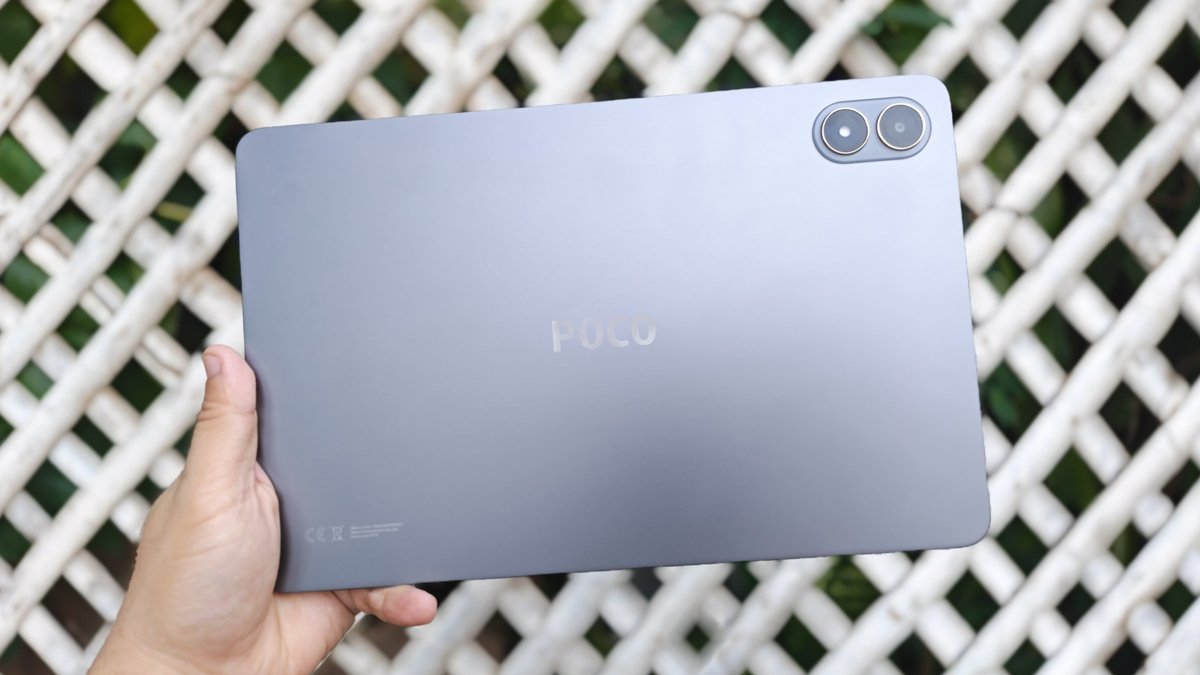



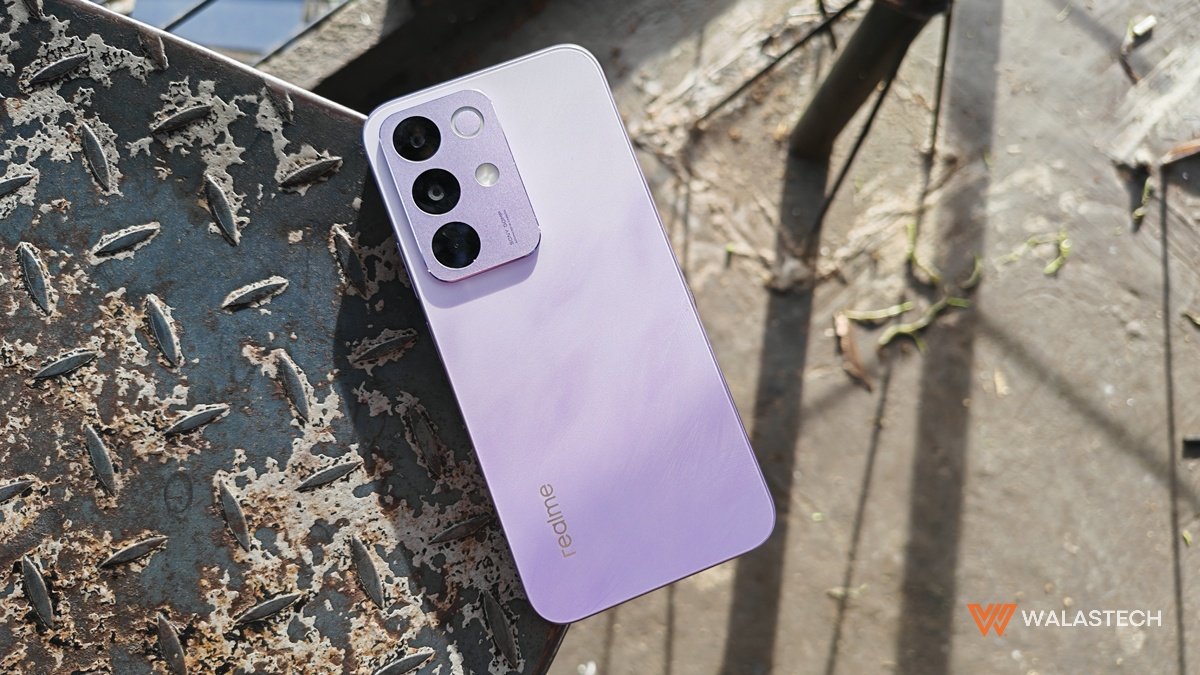
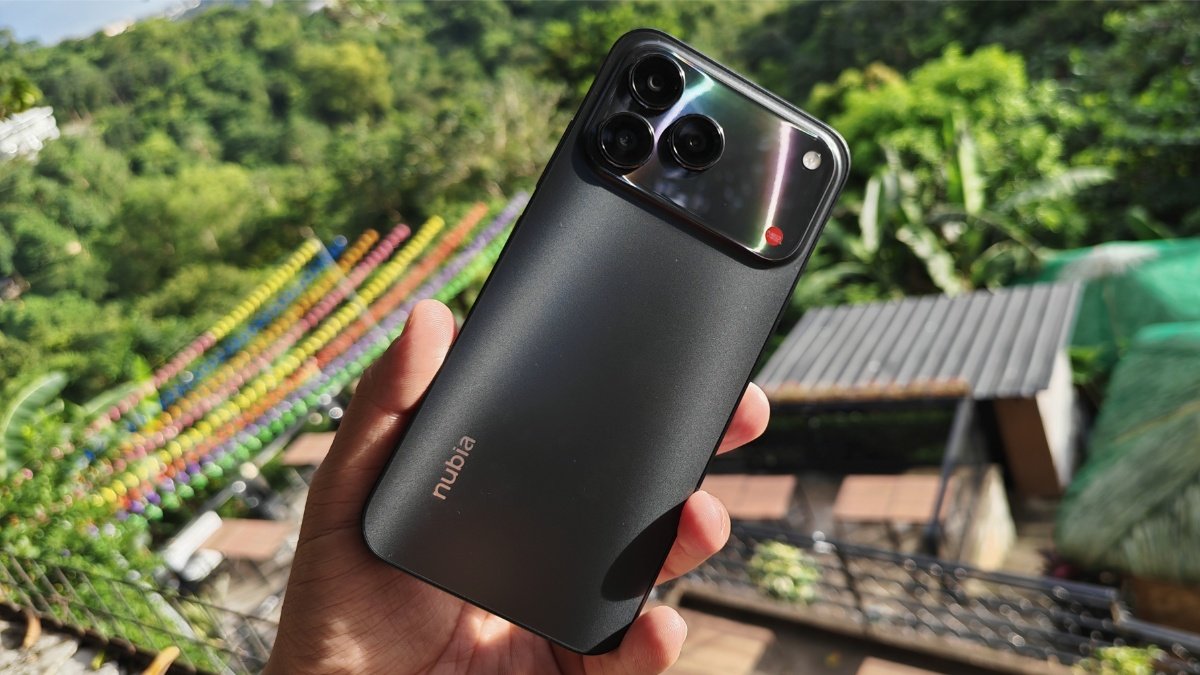



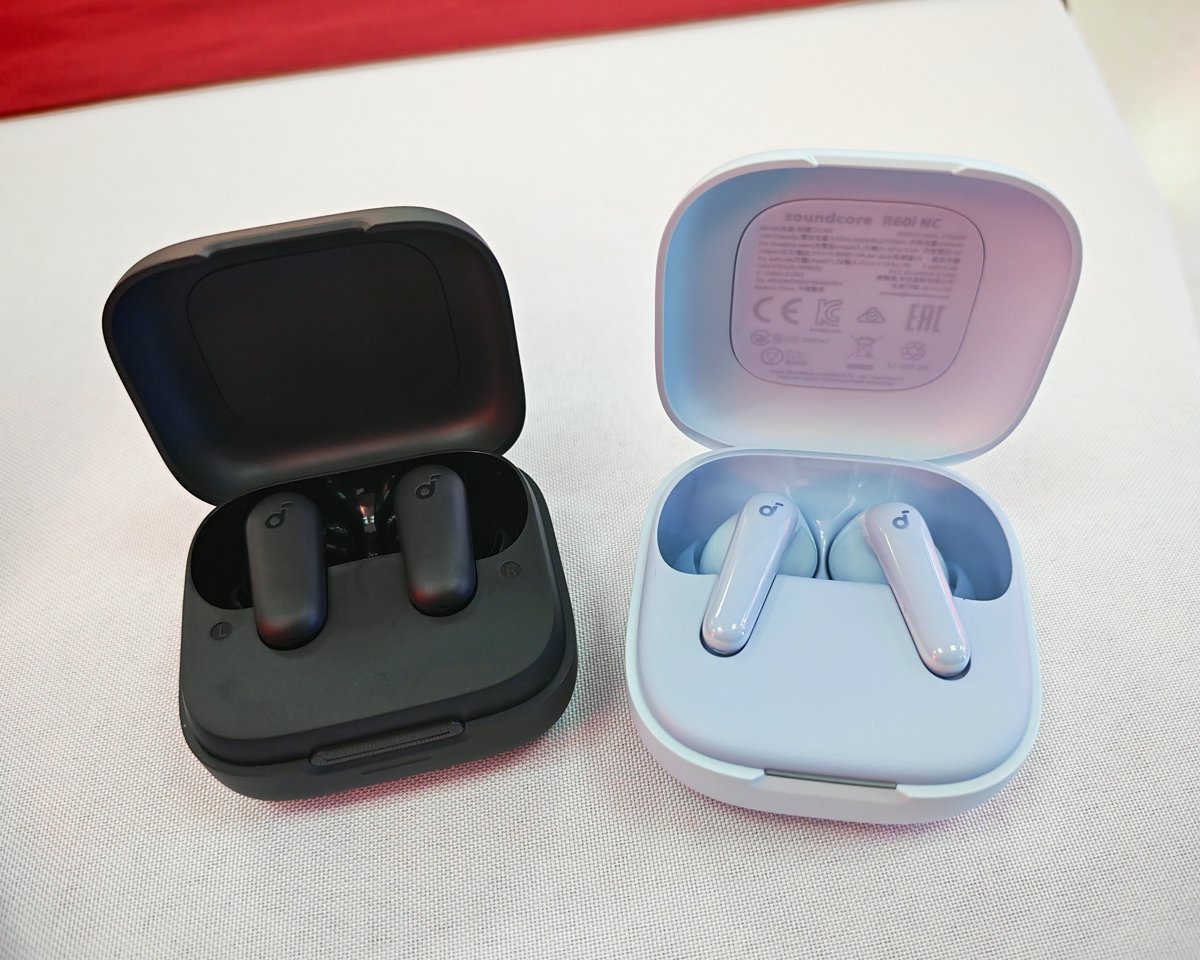


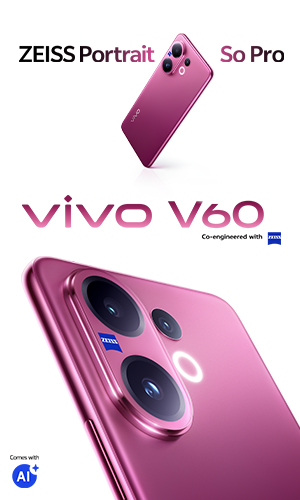

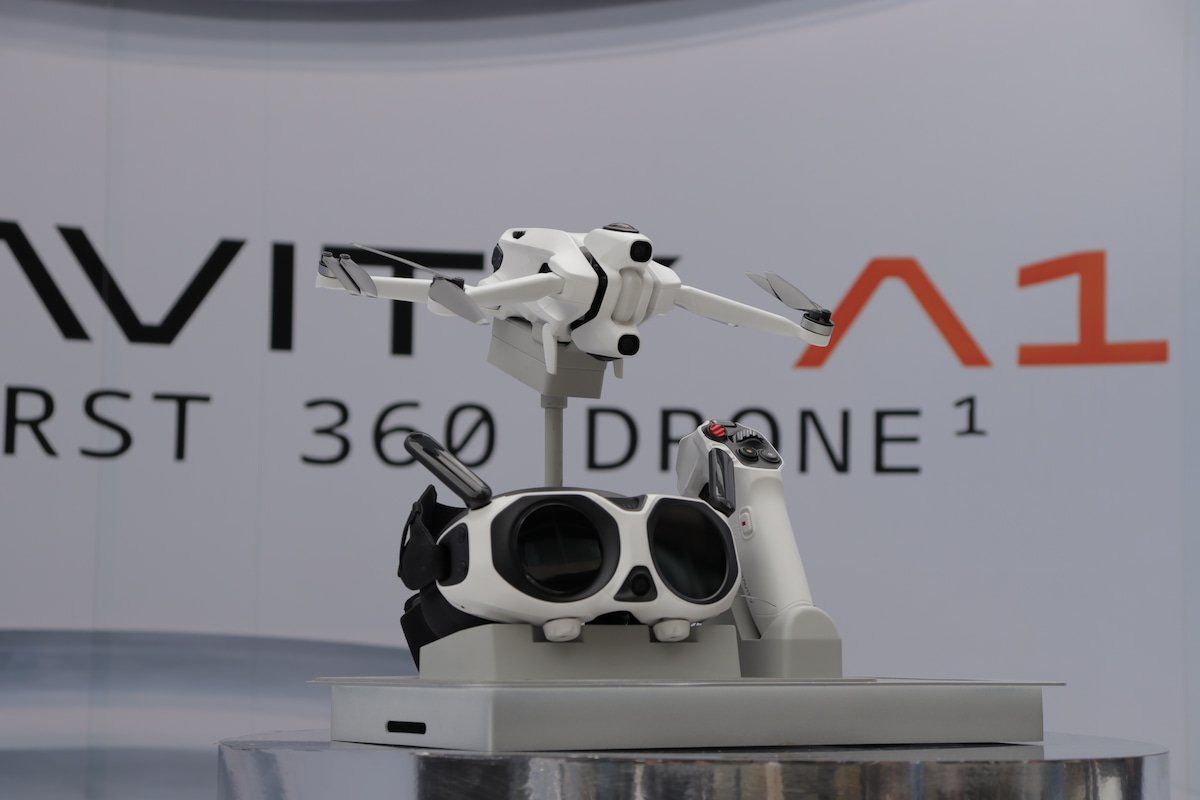


Leave a Reply